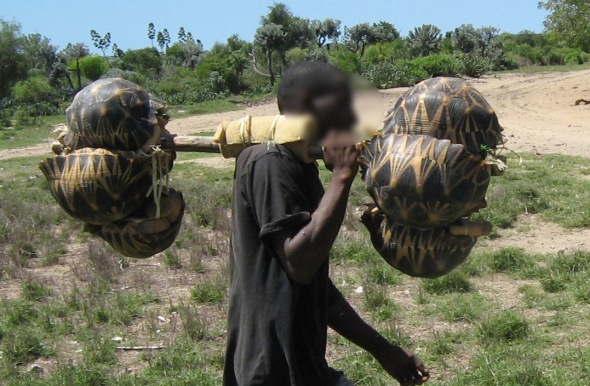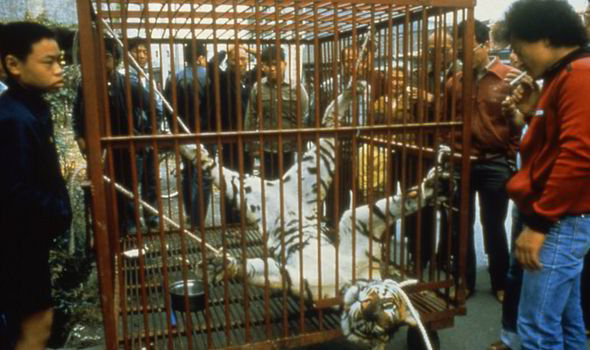This blogpost will mostly be referencing from a report done
by the World Bank[1]. Details of the report can be obtained at the end of this
post.

Close your eyes and imagine the sights and sound in Tam Dao
National Park, Vietnam. A green and lush forest, with rays of sunlight filtering
through the leaves. Imagine the sound of the rushing water from the nearby
stream in the forest, with a gentle breeze brushing against your face. Sounds like
a nature paradise? What I have just describe above is in fact what you would
have observed in Tam Dao National Park, and just like what I did not mention
above, there are no bird calls, no cricket chirping, no signs of animals at
all. Birds, mammals, reptiles and even insect are not spared in the onslaught by
humans on the forest wildlife. In fact, Tam Dao National Park is listed as an
example of an “Empty Forest Syndrome”, where all the animals in the forest have
been exploited and removed from the forest by illegal hunters and poachers to
support their livelihood, by
meeting the demand for products by the affluent.
In this blogpost today, I will be discussing about whether
poverty is indeed the main driver of wildlife, or is there more than meets the
eye.

When thinking about the illegal trafficking of wildlife,
people will naturally tend to think about the money and revenue that could be
generated by such sales, which would then inevitably lead their thoughts into the
people selling such products. This chain of thoughts would therefore point to
the people that supplies the products as the cause of illegal wildlife
trafficking. Although it is true that wildlife trafficking does generate income
a significant income for the people, I do not agree that generation of revenue
is the main driver for the rise in illegal wildlife trafficking.
Contradictorily, I feel that the buyers are the one fuelling the increase in
illegal wildlife trafficking.

As the title of this blog post suggests, illegal wildlife
trafficking can be seen from 2 sides, where it can either be seen as ‘making a
living’ or ‘making a killing’. It is undeniable that many people living in
poverty depends on wildlife trading for their livelihood, where “the
illegal extraction of forest products was the only activity available to
generate the income necessary to buy rice.” However, these people are
only able to depend on those sales because they have someone to sell it to. Because
of the demand created by the affluent for rare wildlife products, it will in
turn create the motivation for people to hunt the animals to meet the demand
and claim the bounty.
An Inuit boy watches the head of a legally hunted polar bear set out to defrost. Polar bear is part of the Inuit ancestral food tradition.
Hence, I feel that should the demand for illegal wildlife products cease, the motivation for people to poach and hunt the animals will be gone, and the people would have to turn to something else more conventional for their livelihood. However, it will not be true to say that wealth is the only driver for illegal wildlife trade, as there are many other important drivers as well, and the drivers are more than often interconnected and interlinked.

Slow lorises have their front teeth cut or pulled before being sold as pets, a practice that often causes infection and death
"Trafficking relies on porous borders, corrupt
officials, and strong networks of organized crime, all of which undermine our
mutual security... Local leaders are telling their national leaders that they
can lose control of large swaths of territory to these criminal gangs. Where
criminal gangs can come and go at their total discretion, we know that begins
to provide safe havens for other sorts of threats to people and
governments." [2]
In my next blogpost, I will be discussing more about the
other drivers of illegal wildlife trading and how it drives illegal wildlife
trade to the scale it is today.

No comments:
Post a Comment